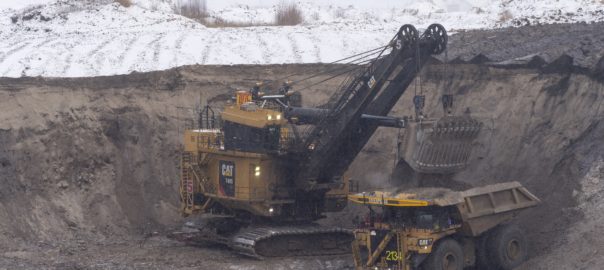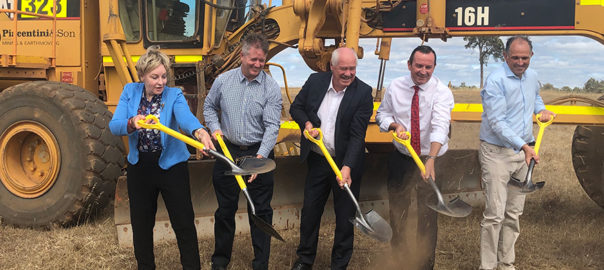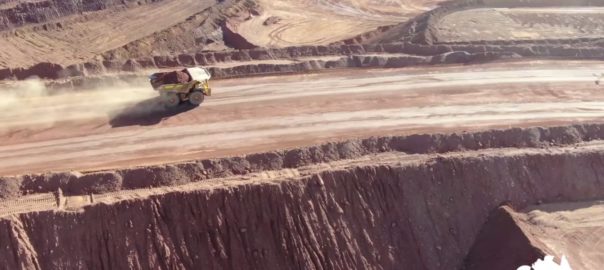Roughly nine months after reaching the 4-billion-tonne (4.4-billion-ton) autonomously hauled milestone, trucks equipped with Cat® MineStar™ Command for hauling have now moved over 5 billion tonnes (5.5 billion tons), the OEM says.
Cat autonomous trucks are on pace to eclipse previous record totals of materials hauled in a calendar year, projected to be more than 1.4 billion tonnes (1.57 billion tons) in 2022.
Currently, more than 550 mining trucks are equipped with Command for hauling, operating across three continents. Over the last nine years, trucks equipped with Command for hauling have journeyed nearly the average distance between the Earth and Mars with zero loss-time injuries, according to the mining OEM.
Denise Johnson, Group President of Caterpillar Resource Industries, said: “In 2013, we placed our first fleets of autonomous trucks in Western Australia at FMG Solomon and BHP Jimblebar. Since that time, trucks using Command for hauling have safely travelled nearly 200 million km, more than twice the experience in autonomous operations of any automobile manufacturer. Caterpillar has grown the number of autonomous trucks in operation by 40% in the past two years.
“We believe that automation is one of many keys to implement technology that unlocks the value miners need when it comes to the energy transition toward more sustainable operations.”
Marc Cameron, Vice President of Caterpillar Resource Industries, said of this agreement: “The new Cat 798 AC electric drive trucks replacing BHP’s entire haul truck fleet at the Escondida mine will feature technologies that advance the site’s key initiatives, including autonomy and decarbonisation. The agreement allows Escondida…to accelerate the implementation of its autonomy plans by transitioning the fleet with autonomous haulage system (AHS) technology.”
Caterpillar has enabled 13 customers at 23 different locations to succeed with full site autonomous haulage solutions. Starting with iron ore at Solomon (Fortescue Metals Group) and Jimblebar (BHP), its solutions now manage oil sands, copper, gold, coal, lithium and phosphate. Spanning the 190- to 370-t class sizes, the Cat 789D, 793D, 793F, 797F, and electric drive 794 AC and 798 AC mining trucks are capable of fully autonomous operation. Retrofit kits allow miners to expand Command for hauling to existing Cat mining trucks.
Since 2019, Caterpillar says it has won eight of nine greenfield autonomy sites on offer.
Sean McGinnis, Vice President and General Manager for Cat Mining, said: “In 2023, we will expand Command for hauling to the 139-t truck class at ioneer Ltd’s Rhyolite Ridge lithium-boron mine. This is the first greenfield project in North America to use an AHS. We are now seeing a shift toward autonomy requested on new Cat trucks. Whereas large mines with fleet sizes of more than 70 trucks were the early adopters of the technology, we are seeing economic viability for autonomy at smaller mines with a fleet of less than 15 trucks.”
Caterpillar says it continuously monitors the industry for opportunities to broaden the use of automation to help drive safety and efficiency.
Beyond expansion of Command for hauling to the Cat 785 for ioneer, Caterpillar sees potential for Cat autonomy in quarry and aggregates. Additionally, Caterpillar’s AHS technology has been deployed on the Cat 789D autonomous water truck (AWT) operating at Rio Tinto’s Gudai-Darri mine in Australia, the world’s first AWT, for automated watering of haul roads.









